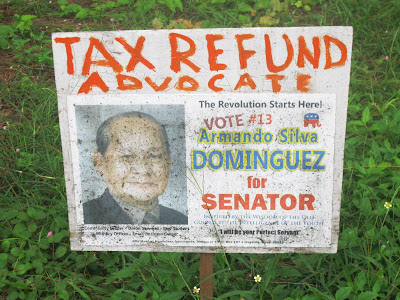From Hurao to Fanohge
This Saturday, September 20th, Independent Guåhan will be holding a Teach-In at Senator Angel Santos Memorial Latte Stone Park from 2 - 4 pm titled "From Hurao to Fanohge: 350 Years of Chamoru Resistance." This event is free and open to anyone. The title comes from two key events in understanding Chamoru history and resistance to colonialism in its different forms across time.
In September 1670/1671, Maga’låhi Hurao who had been gathering families who were frustrated with the new Spanish presence in the Marianas and forming a coalition to oppose their interference, was arrested by Spanish soldiers and taken prisoner in the church. Hurao's speech is meant to be an example of the rhetoric that he was using that was inspiring so many families to come forth and offer their spears and slingstones in support of his cause.
An estimated 2,000 warriors surrounded the church, which had been hastily transformed into a fort, to demand his release and the surrender of the Spanish. Prior to this, there had been small fights and skirmishes between the Spanish presence and Chamorus, but this was the first large battle of the Chamoru-Spanish Wars.
In September 2019, after Guam’s decolonization process and plebiscite had been held on legal limbo for years due to a lawsuit by Dave Davis, more than 2,000 people gathered for the Fanohge: March for CHamoru Self-Determination. The largest demonstration of its kind represented an outpouring of support for the rights of Chamorus to self-determination and a desire to change Guam’s political status. Those who participated gathered in the front field of Adelup and walked to the US federal courthouse, symbolically calling for the process of decolonization to be returned to the local community and taken out of the hands of the US federal government and courts.
During the Teach-In, myself and Victoria Leon Guerrero, who are co-chairs for Independent Guåhan will be talking not just about these two events but also other types of protests and petitions that came in the centuries in between. For anyone interested in Guam/Chamoru history and also the future and where we go next, please consider joining us for this discussion.




Comments